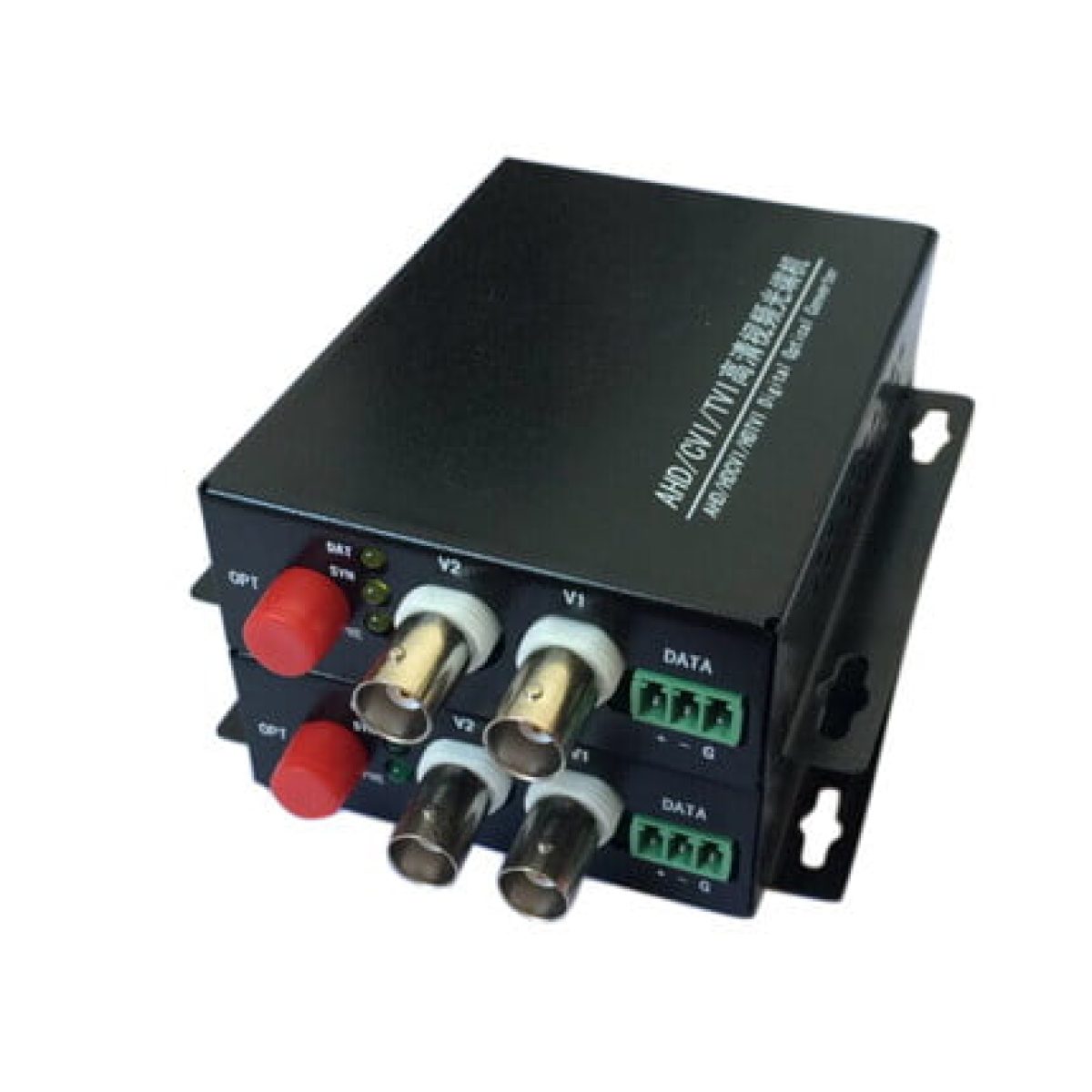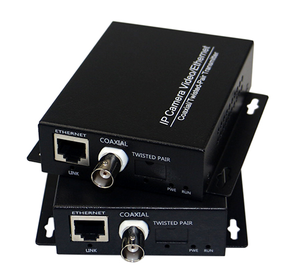Why CCTV Fibre Optic Cable is the Future of Fast Security Systems
Why CCTV Fibre Optic Cable is the Future of Fast Security Systems
Blog Article
Just How CCTV Cameras With Fiber Optic Output Enhance Long-Distance Tracking
CCTV cams geared up with fiber optic output stand for a substantial improvement in long-distance monitoring technology, offering unparalleled benefits over conventional systems. By leveraging the homes of light transmission through fiber optics, these cameras make sure high-definition video clip high quality remains undamaged across extensive ranges while efficiently mitigating electro-magnetic interference - cctv fibre optic cable.

Recognizing Fiber Optic Modern Technology
Fiber optic modern technology is significantly used in long-distance tracking applications due to its remarkable capacity for information transmission. This modern technology utilizes thin strands of glass or plastic fibers to send data as light signals, considerably reducing the depletion frequently related to conventional copper cables. The integral buildings of optical fiber enable the transmission of large quantities of data over substantial ranges without loss of quality, making it an ideal option for applications requiring reliable interaction.
The principle of complete interior reflection promotes the effective transmission of light within the fiber, ensuring high transmission capacity and speed. Unlike electric signals in metal wires, fiber optics are unsusceptible to electromagnetic disturbance, enhancing the honesty of data transmission. This particular is particularly useful in environments with high degrees of electric noise, such as commercial settings or metropolitan locations.
Additionally, fiber optic cords are lighter and more adaptable than their copper counterparts, which simplifies installment and reduces architectural lots. With their resilience and resistance to ecological factors, fiber optics are fit for outdoor applications, thus expanding the reach of monitoring systems. Consequently, fiber optic modern technology is becoming a foundation in contemporary security solutions, efficiently attending to the obstacles of long-distance monitoring.
Benefits of Fiber Optic CCTV
Using fiber optic modern technology in CCTV systems supplies various advantages that improve monitoring capacities. Among the primary benefits is the ability to transfer high-definition video over lengthy ranges without substantial signal destruction. Unlike traditional copper cable televisions, fiber optics can preserve video clip top quality over considerable runs, making them ideal for large homes or remote surveillance areas.
Furthermore, fiber optic cords are much less at risk to electro-magnetic disturbance, which can misshape signals in traditional systems. This makes sure clearer pictures and continuous service, vital for safety and security tracking. Additionally, fiber optics are naturally extra safe and secure, as obstructing signals needs specific equipment, thus giving an added layer of security against unauthorized access.
The lightweight and compact nature of fiber optic cords likewise streamlines setup, allowing easier transmitting through limited areas and reducing total labor costs. Their durability makes them immune to environmental aspects such as moisture and temperature level fluctuations, expanding the lifespan of the security system.
Finally, fiber optic systems can sustain a majority of cameras on a solitary network, maximizing resources and providing scalability for future expansion. These benefits make fiber optic CCTV systems a superior option for modern monitoring demands.
Contrast With Typical Solutions
When comparing CCTV systems, typical setups usually fall brief in numerous essential areas, specifically in terms of distance and signal honesty. Traditional coax cable systems commonly encounter substantial signal deterioration over cross countries, limiting efficient monitoring ranges to around 300 feet (cctv fibre optic cable). Past this threshold, image clearness lessens, leading to potential dead spots and lowered security effectiveness
In contrast, fiber optic systems preserve signal stability over a lot better ranges, often surpassing a number of miles without loss of high look at more info quality. This is mainly as a result of their capacity to send information as light signals, which are much less susceptible to electromagnetic interference than electrical signals used in traditional systems.
Additionally, conventional systems need much more comprehensive maintenance and troubleshooting because of their vulnerability to environmental factors such as moisture and electromagnetic sound. Fiber optic systems, alternatively, deal boosted longevity and reduced upkeep expenses, as they are less prone to damages.
Applications in Long-Distance Surveillance
The benefits of contemporary CCTV systems in preserving signal integrity over cross countries open a wide variety of applications for long-distance monitoring. One substantial application remains in metropolitan surveillance, where wikipedia reference municipalities release fiber optic CCTV systems to keep an eye on public areas, enhancing safety and security and hindering criminal task. These systems offer continuous, high-grade video clip feeds that are essential for effective police and emergency response.
An additional crucial application is in commercial settings, where remote surveillance of producing processes and unsafe areas is essential. Fiber optic CCTV can hold up against severe environments and transfer data over long ranges without loss of quality, enabling real-time oversight and lessening risks to workers.
In addition, crucial framework such as flight terminals, trains, and pipelines gain from long-distance CCTV tracking. Protection teams can supervise huge locations from centralized control spaces, making certain rapid reaction to any type of cases.
Furthermore, in agricultural setups, farmers make use of long-distance CCTV to monitor crops and livestock, assisting to improve performance and security. In general, the adaptability and integrity of fiber optic CCTV systems make them crucial across various industries, allowing detailed monitoring remedies customized to details demands.
Future Fads in Security Technology
How will advancements in technology reshape the landscape of surveillance? The future of surveillance modern technology is positioned for significant improvement, driven by advancements such as man-made knowledge (AI), maker discovering, and edge computing. These technologies enable real-time information evaluation, permitting fast identification of potential threats and boosted situational recognition.
AI-powered analytics will improve the precision of face recognition systems, decreasing false positives and making it possible for a lot more effective tracking of people. Moreover, the combination of Internet of Points (IoT) gadgets will promote a smooth network of interconnected surveillance systems, boosting tracking capabilities throughout huge locations.
Another fad is the shift in the direction of cloud-based storage remedies, which provide scalable information administration and accessibility. This will certainly allow companies to store huge amounts of video information without the restrictions of physical storage space, while guaranteeing that details is easily retrievable.

Conclusion
In final thought, CCTV electronic cameras equipped with fiber optic output represent a considerable improvement in long-distance surveillance capacities. As surveillance technology continues to develop, the adoption of fiber optic services will likely play an essential function in improving safety throughout varied applications.
Report this page